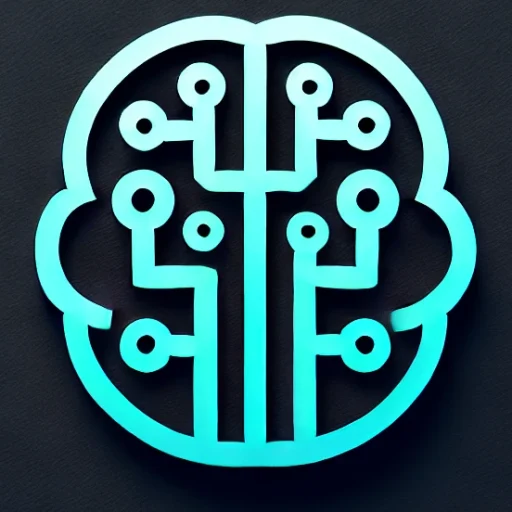
Introduction
In recent years, the landscape of artificial intelligence has been transformed by the advent of generative AI. This breakthrough technology, capable of creating original content ranging from images and music to text and complex data models, is reshaping industries and redefining the boundaries of creativity. As AI continues to evolve, its generative capabilities are poised to impact sectors as diverse as art, entertainment, healthcare, and technology itself, making it one of the most significant topics in AI and computing today.
Key Insights & Latest Advancements
Generative AI, particularly driven by models like Generative Adversarial Networks (GANs) and Transformer-based architectures such as GPT (Generative Pre-trained Transformers), has seen rapid advancements. These technologies leverage vast datasets and sophisticated algorithms to generate content that is not only novel but also indistinguishable from that created by humans.
In 2023, OpenAI’s GPT-4 and Google’s Imagen took center stage with their capabilities to produce high-quality, contextually relevant content. The evolution of these models has been driven by larger datasets, enhanced computational power, and innovative architecture designs, which collectively enable more nuanced and accurate content generation.
Real-world Applications
The implications of generative AI are vast and varied:
-
Entertainment and Media: Generative AI is revolutionizing the creation of audiovisual content. From composing music scores to generating photorealistic visuals in films and video games, AI is becoming an essential tool for creators. Netflix, for instance, is exploring AI-generated scripts and storylines.
-
Healthcare: In the realm of medicine, generative AI is aiding in the development of personalized treatment plans and drug discovery. AI models are being used to simulate protein folding, which is crucial in developing effective pharmaceuticals.
-
Design and Fashion: Designers are employing AI to create innovative clothing patterns and architectural designs. AI-driven platforms are now capable of generating thousands of design variations, offering personalized fashion solutions to consumers.
Challenges & Future Outlook
Despite its breakthroughs, generative AI faces several challenges:
-
Ethical Concerns: The potential for misuse of generative AI, such as deepfakes and misinformation, raises ethical questions. Ensuring responsible AI use and developing frameworks for accountability remain critical concerns.
-
Quality Control: As AI becomes more advanced, ensuring the quality and authenticity of generated content is a growing challenge, necessitating robust validation mechanisms.
Looking ahead, the future of generative AI seems bright yet complex. The integration of AI with other emerging technologies, such as quantum computing, could exponentially increase its capabilities. Additionally, the development of more interpretable and transparent AI systems will be crucial in gaining public trust.
Conclusion
Generative AI stands at the forefront of a new era in creativity and innovation, offering tools that amplify human potential and expand the boundaries of what is creatively possible. As we continue to navigate the challenges and harness the opportunities presented by this technology, the key will be to balance innovation with ethical considerations, ensuring a future where AI complements human creativity rather than replacing it. The journey of generative AI has just begun, and its impact is bound to redefine industries and transform how we perceive the world around us.

